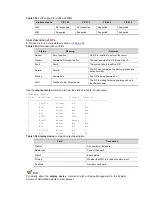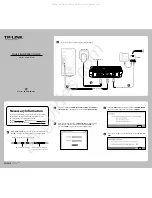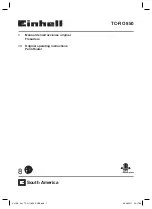
Electrostatic Discharge Prevention
Electromagnetic Interference Prevention
Lightning Protection
Cabinet-Mounting Requirements
Safety Precautions
Safety Signs
General Safety Recommendations
Electricity Safety
Installation Tools, Meters and Devices
Checklist Before Installation
3
Preparing for Installation
Environment Requirements
The router is designed for indoor application. To ensure the normal operation and prolong the
service life, the installation site must meet the requirements mentioned hereunder.
Temperature and Humidity Requirements
The temperature and humidity in the equipment room shall be maintained at an appropriate
level.
A long-term high relative humidity will quite likely result in poor insulation
performance, electric leakage, mechanical property change, and corrosion.
A long-term low relative humidity will result in looseness of fastening screws owing
to shrinkage of insulation washers, or electrostatic discharge (ESD), which may
damage the CMOS circuit on the router.
A high temperature will speed up the aging of insulation materials, which greatly
lowers the router’s reliability and shortens the service life.
Table 3-1
lists the requirements on temperature and humidity for the router.
Table 3-1
Temperature and humidity requirements in the equipment room
Temperature
Relative humidity
0°C to 45°C (32°F to 113°F)
10% to 95% (noncondensing)
Cleanness Requirements
Concentration limit of dust
Dust is harmful to the safe operation of the router. Dust on the chassis may result in static
adsorption, which causes poor contact between metal connectors or joints. The poor contact
may not only shorten the service life of the router, but also bring about communication
failures. Especially under the condition of low indoor humidity, dust is more likely to occur,
causing static adsorption.
Содержание A6616
Страница 1: ...HP A6616 Router Installation Manual ...
Страница 47: ......
















































